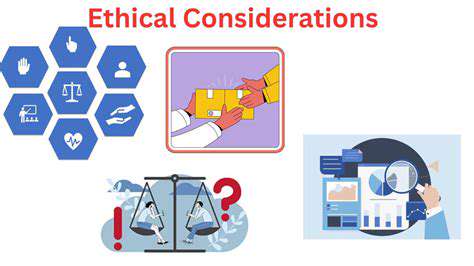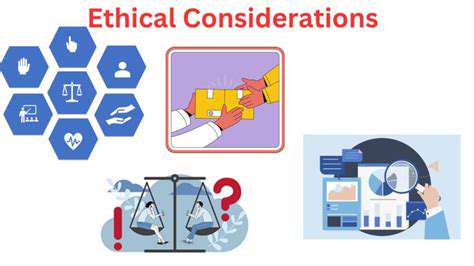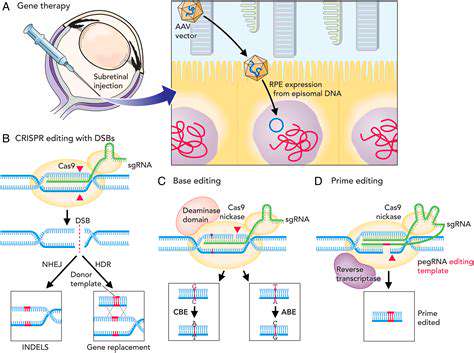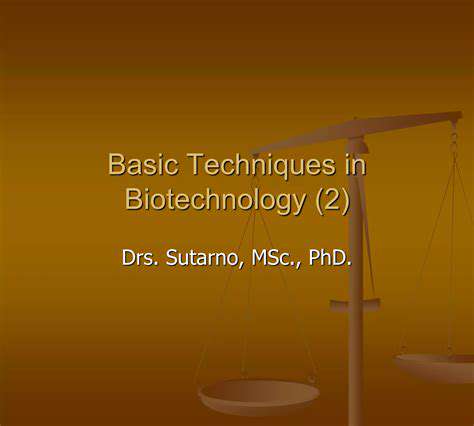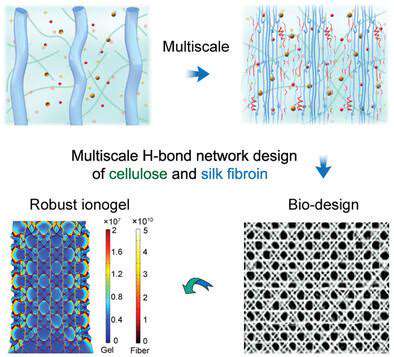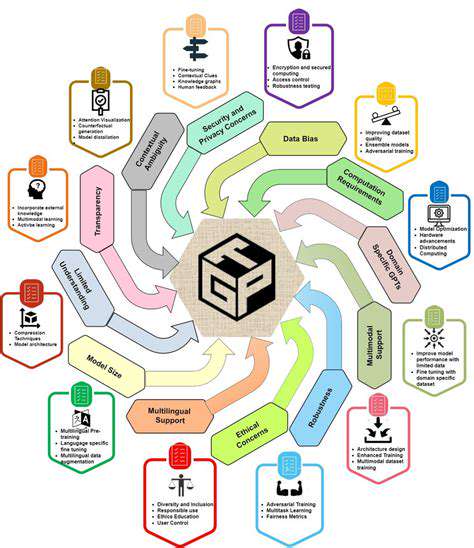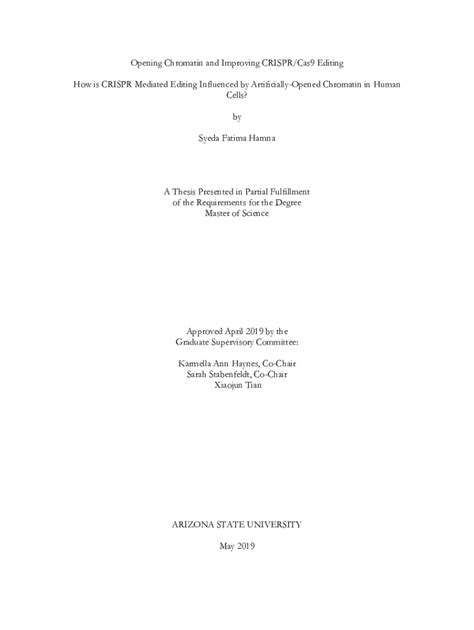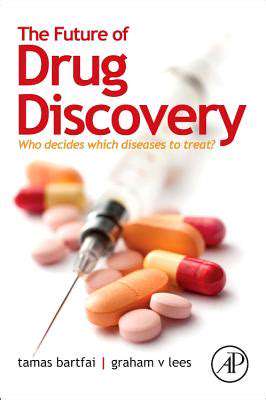The power of DNA analysis extends beyond simple identification. Researchers are constantly developing new and sophisticated techniques to extract more information from DNA samples. This includes determining the presence of specific genetic markers that may indicate ancestry or predisposition to certain diseases. Such advancements could potentially provide valuable insights into the circumstances surrounding a crime, such as determining if a suspect was present at a crime scene or if substances found at a scene were used by the suspect.
Moreover, the study of mitochondrial DNA (mtDNA) can also offer valuable clues in cases involving remains that are degraded or incomplete. This specific type of DNA, inherited maternally, can be extracted and analyzed to establish familial relationships, even when other types of DNA are degraded or damaged. This expanded range of application highlights the continually evolving nature of DNA analysis and its profound impact on criminal investigations.
Extracting and Amplifying DNA: A Critical First Step
Understanding the Importance of DNA Extraction
DNA extraction is a fundamental process in biotechnology, serving as the crucial first step in numerous forensic applications. This meticulous process isolates DNA molecules from a sample, separating them from other cellular components like proteins and lipids. The purity and integrity of the extracted DNA are paramount, as subsequent analyses, such as polymerase chain reaction (PCR), rely heavily on the quality of the initial extract. Proper technique ensures that the DNA is preserved in a form suitable for downstream applications, minimizing degradation and maximizing the likelihood of successful identification and comparison.
Forensic scientists rely on DNA extraction to obtain a usable sample from various biological materials, ranging from blood and saliva to hair follicles and even trace amounts of skin cells. The ability to extract and amplify DNA from these often minute samples is critical in investigations, allowing for the identification of individuals involved in crimes or the exclusion of suspects. This is a particularly vital step in cases where the available evidence is limited, making the quality and quantity of extracted DNA even more critical.
Methods for DNA Extraction
Several methods exist for extracting DNA, each with its own advantages and limitations. Chemically-based protocols often involve the use of specific enzymes and detergents to break down cellular structures and release the DNA. These methods, while effective, can be time-consuming and require careful attention to reagent concentrations and reaction times. Alternatively, more automated methods are available, utilizing specialized kits and equipment to streamline the process. These methods often offer greater efficiency and reproducibility, making them particularly valuable in high-throughput forensic laboratories.
The choice of extraction method depends largely on the type of sample being processed and the desired outcome. For example, a sample containing a high concentration of contaminants might necessitate a more sophisticated extraction protocol designed to remove interfering substances. The specific method chosen can also impact the overall cost and time required for processing, factors that play a critical role in the practicality of the process within a forensic setting.
Amplifying DNA Using Polymerase Chain Reaction (PCR)
Once the DNA has been successfully extracted, the next crucial step is amplification. Polymerase Chain Reaction (PCR) is a powerful technique used to exponentially increase the number of specific DNA sequences. This process involves repeatedly heating and cooling the DNA sample to facilitate the replication of target DNA segments. Each cycle doubles the amount of DNA, leading to a significant increase in the quantity of DNA available for analysis.
PCR allows for the amplification of even minute amounts of DNA, making it an indispensable tool in forensic science. This is particularly beneficial in cases involving degraded DNA samples, where the original amount of DNA may be insufficient for analysis. The ability to amplify specific regions of the DNA sequence is critical in forensic identification, enabling the comparison of DNA profiles across individuals or samples.
Ensuring the Integrity of the Extracted DNA
Maintaining the integrity of extracted DNA is crucial for the reliability of subsequent analyses. Environmental factors, such as temperature fluctuations and exposure to light, can negatively impact the quality of DNA. Proper storage and handling procedures are essential to prevent DNA degradation. This often involves maintaining a controlled temperature environment, ideally a refrigerator or freezer, and using appropriate containers to prevent contamination. Careful attention to detail throughout the entire process minimizes the risk of errors and ensures the accuracy of results.
Contamination is another significant concern in DNA extraction and amplification. Contamination with extraneous DNA from other sources can lead to inaccurate results. Strict adherence to sterile protocols and the use of appropriate lab equipment, including gloves and dedicated work areas, are vital in minimizing the risk of contamination. Adherence to these protocols is critical to maintaining the validity and reliability of the DNA evidence. Proper chain of custody documentation is essential for maintaining the integrity and traceability of the sample throughout the entire process.
Applications in Forensic Science
The ability to extract and amplify DNA has revolutionized forensic science, providing powerful tools for investigations. From identifying suspects in criminal cases to establishing paternity and resolving complex familial relationships, DNA analysis has become integral to various legal proceedings. The precision and accuracy of DNA profiling make it a highly reliable method for identifying individuals and matching DNA samples to potential suspects.
The development of faster and more efficient DNA extraction and amplification techniques continues to improve the speed and reliability of forensic investigations. This, in turn, allows for quicker resolution of cases, contributing to the overall efficiency of the justice system. The widespread use of DNA technology in forensic science has dramatically increased the accuracy and effectiveness of criminal investigations and legal proceedings worldwide.
DNA Profiling: Identifying Individuals Through Unique Markers
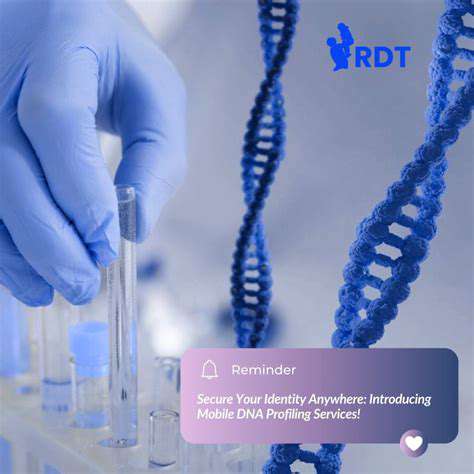
DNA Profiling: A Powerful Tool for Identification
DNA profiling, also known as DNA fingerprinting, is a revolutionary technique that uses variations in an individual's DNA to identify them uniquely. It relies on the principle that every person, except identical twins, has a unique DNA sequence. This makes it an incredibly powerful tool in forensic science, parentage testing, and even evolutionary biology studies.
This technique has become indispensable in criminal investigations, allowing law enforcement agencies to link suspects to crime scenes with remarkable accuracy. The process involves extracting DNA from biological samples like blood, saliva, or hair, amplifying specific DNA regions, and then analyzing the patterns generated.
The Scientific Basis of DNA Profiling
The scientific basis of DNA profiling rests on the existence of variations in the human genome. These variations, often referred to as polymorphisms, occur naturally and provide a unique genetic signature for each individual. These polymorphisms are often found in non-coding regions of DNA, meaning they don't directly code for proteins. This makes them ideal markers for profiling, as their variations don't significantly affect an individual's phenotype.
These variations, when analyzed, create a unique pattern for each individual, much like a fingerprint. The technique of DNA profiling involves identifying these patterns and comparing them to known samples, making it a highly sensitive method for identification.
Methods of DNA Extraction and Analysis
The process of DNA profiling involves several crucial steps, starting with the extraction of DNA from the biological sample. Different methods exist for this extraction, each tailored to the specific nature of the sample. This is often followed by a process called polymerase chain reaction (PCR), which significantly amplifies the specific DNA regions of interest, making them easier to analyze.
Once amplified, the DNA fragments are separated and visualized using techniques like gel electrophoresis. This separation allows for the identification of the unique patterns specific to each individual, which are then compared to other samples.
Applications in Forensic Science
DNA profiling has revolutionized forensic science, providing a powerful tool for linking suspects to crime scenes. It plays a vital role in solving cold cases, verifying alibis, and exonerating wrongly accused individuals. The accuracy and reliability of this technique have significantly increased the chances of identifying criminals and providing closure to victims' families.
In cases involving DNA evidence, the ability to quickly and accurately identify individuals is crucial for effective criminal investigations. This technology has brought a new level of precision and objectivity to forensic investigations, contributing significantly to the pursuit of justice.
Applications in Paternity Testing
DNA profiling is also widely used in paternity testing. It can determine the biological relationship between individuals with high accuracy. This process involves comparing the DNA profiles of the potential father and child to see if there is a match in certain genetic markers.
This technique has become a valuable tool for resolving legal disputes and confirming family relationships. By analyzing specific genetic markers, it can establish or refute potential paternity claims with a high degree of confidence.
Ethical Considerations of DNA Profiling
While DNA profiling offers significant advantages, it also raises important ethical considerations. The potential for misuse of DNA data, including privacy violations and discrimination, must be carefully addressed. Robust regulations and ethical guidelines are essential to prevent such abuses and ensure responsible use of this powerful technology.
The handling and storage of DNA samples need to be regulated to prevent unauthorized access and misuse. Furthermore, the potential for misinterpretations and errors in analysis should be meticulously addressed to ensure the accuracy and reliability of results.
The Future of Biotechnology in Forensic DNA Analysis
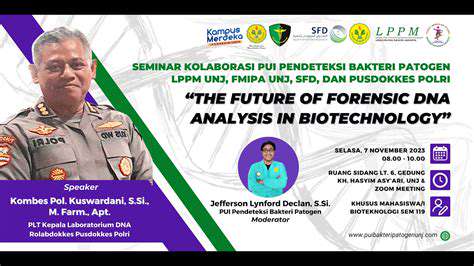
The Advancements in Genetic Engineering
Genetic engineering is rapidly evolving, offering exciting possibilities for treating and preventing diseases. Techniques like CRISPR-Cas9 are becoming increasingly precise and efficient, allowing scientists to target specific genes with greater accuracy. This precision is crucial for developing therapies that address the root causes of genetic disorders without causing unintended consequences. Researchers are exploring ways to use genetic engineering to enhance human health in a variety of ways, including creating disease-resistant crops, developing new medications, and even potentially reversing aging effects. The applications of this technology span far beyond the realm of medicine, impacting agriculture, environmental conservation, and industrial processes as well.
The ethical implications of genetic engineering are significant and complex. Discussions surrounding the potential for human enhancement and the equitable distribution of these technologies are crucial to ensure responsible development and deployment. Open dialogue and careful consideration are essential to navigate these ethical considerations while harnessing the transformative potential of genetic engineering for the betterment of society. Moreover, the safety and long-term effects of genetic modifications require rigorous testing and monitoring. Scientists are working diligently to minimize risks and ensure the responsible application of these powerful tools.
Personalized Medicine and Diagnostics
The field of personalized medicine is rapidly advancing, moving beyond general treatments to tailor therapies to individual patients based on their unique genetic makeup and lifestyle factors. This approach promises to be revolutionary in medicine, significantly improving treatment outcomes and reducing adverse drug reactions. By analyzing a patient's genetic profile, doctors can identify potential risks for certain diseases and predict how they might respond to specific treatments. This allows for a more proactive and preventative approach to healthcare.
Advanced diagnostics are also playing a critical role in personalized medicine. New technologies are enabling faster and more accurate diagnoses, leading to earlier interventions and improved patient care. These technologies are allowing for the early detection of diseases, often before symptoms appear, providing a critical window for preventive measures. This proactive approach to healthcare is not only improving patient outcomes but also reducing the overall healthcare burden by preventing the progression of diseases.
The development of affordable and accessible personalized medicine and diagnostic tools will be critical to ensure that the benefits of these advancements reach a broad population. Bridging the gap between research and practical application is crucial for realizing the full potential of personalized medicine. This will require significant investment in research, infrastructure, and educational programs to train the next generation of healthcare professionals in these specialized areas.
